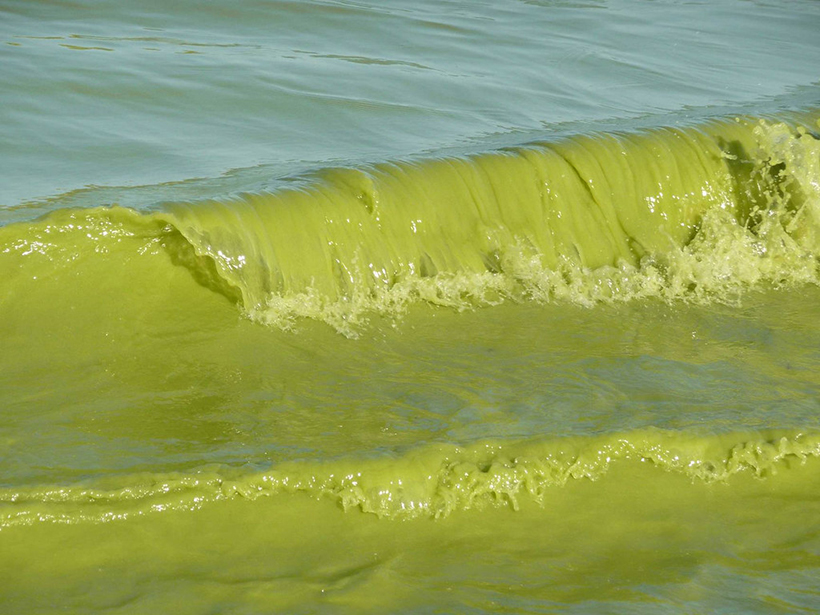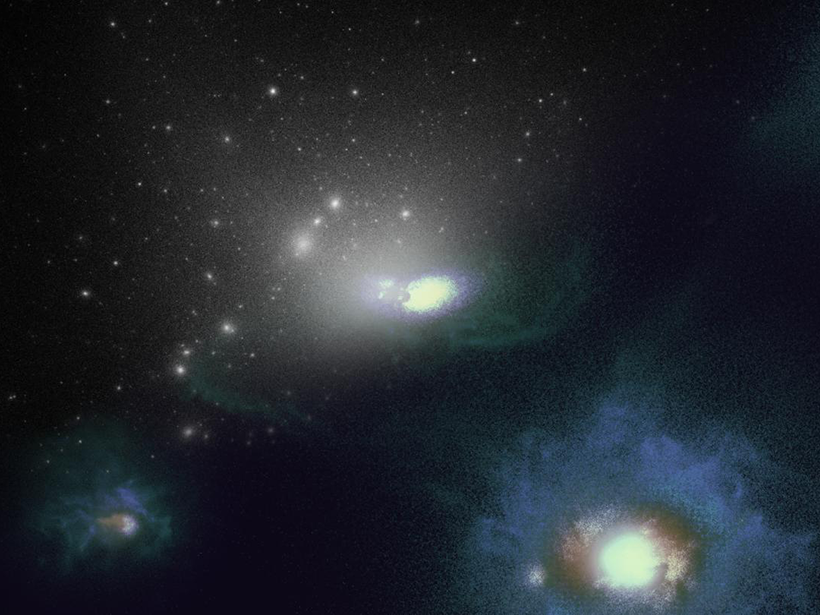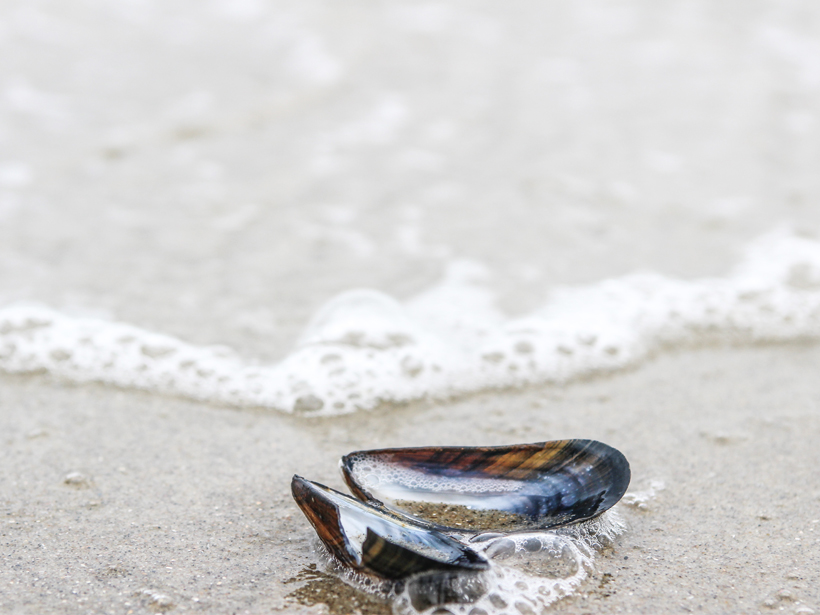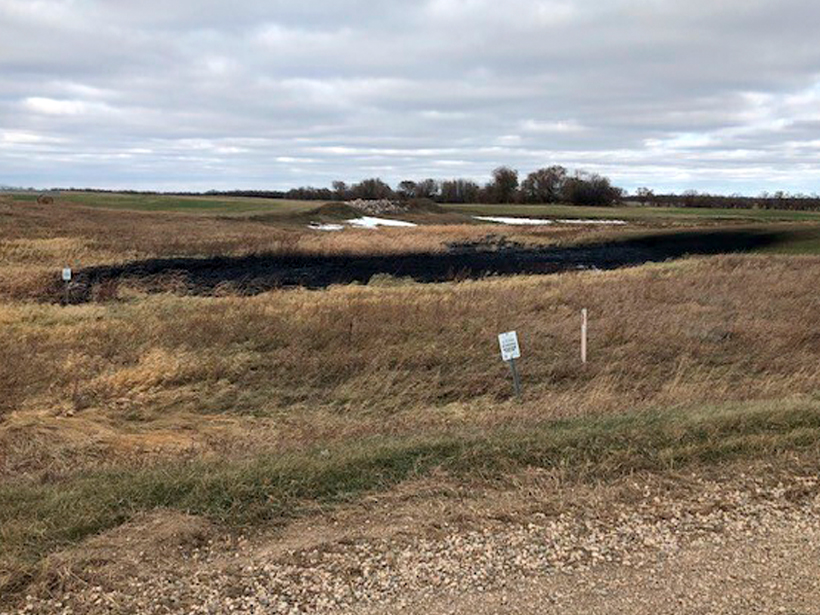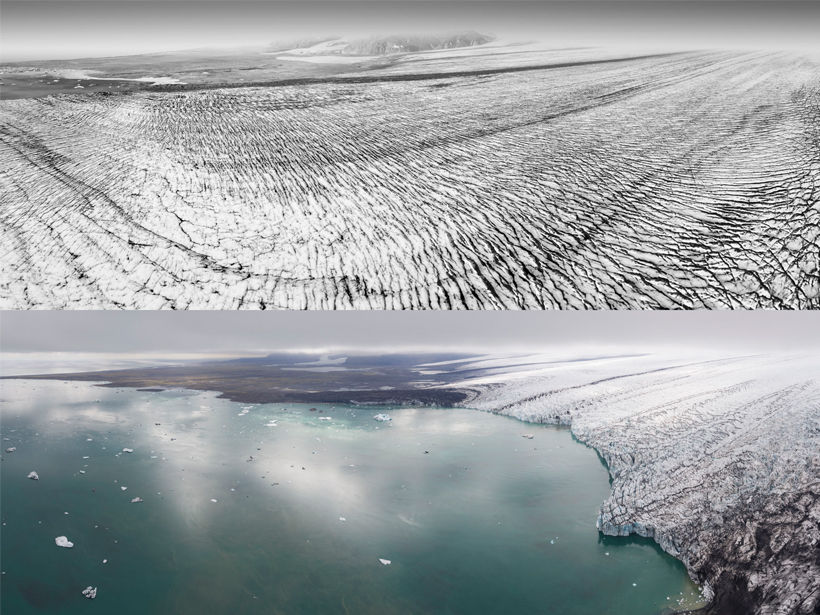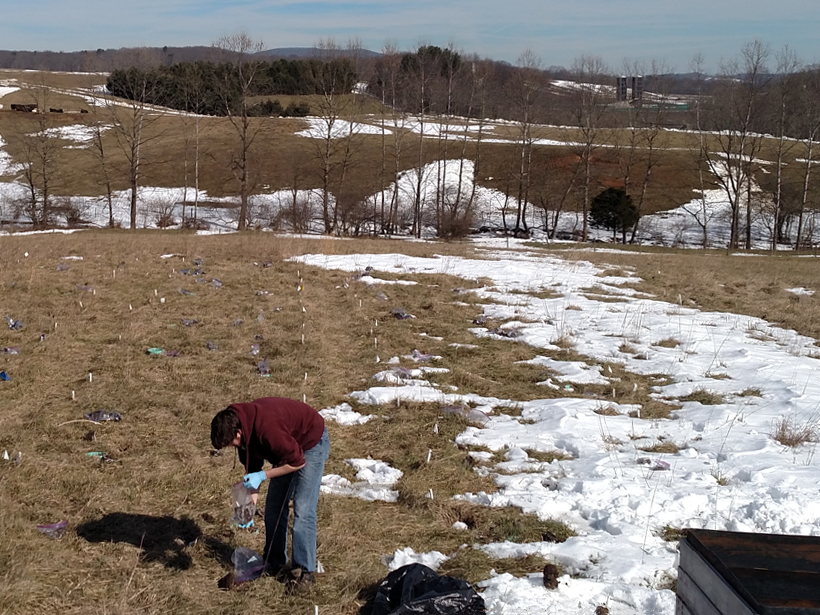Researchers use remote sensing technology to carry out a global survey of large freshwater lakes.
News
New England Winters Are “Losing the Cold”
As extreme cold days wane, the northeastern United States has experienced an increase in mud days.
White House Order Shutters Some Key Advisory Committees
Committees that had focused on environmental issues, marine protected areas, and the nation’s electric grid are among those terminated.
Wanted for Grand Theft Galaxy: The Milky Way
Several dwarf galaxies orbiting the Milky Way were likely stolen from the Large Magellanic Cloud.
Shells Sound Out Sand’s Acoustic Signatures
Shell remains give sand from different locations unique acoustic signatures.
Keystone Pipeline Spills 9,120 Barrels of Oil in Dakota Wetlands
The leak took place along a preexisting section of the Keystone Pipeline. This is the pipeline’s fourth spill in 9 years.
Drones Capture Iceland’s Shrinking Glaciers
Photographs of Iceland’s southern glaciers show pools of water where walls of ice once stood.
Manure Happens: The Environmental Toll of Livestock Antibiotics
New findings suggest antibiotics in cow manure can alter soil microbial activity, with implications for soil fertility and carbon emissions.
Recommended: Science Journalism, Science Princesses, and Wine
What Earth and space science stories are we recommending this week?
Nicholas Constantinos Matalas (1930–2019)
A modest giant in the field of stochastic hydrology.

